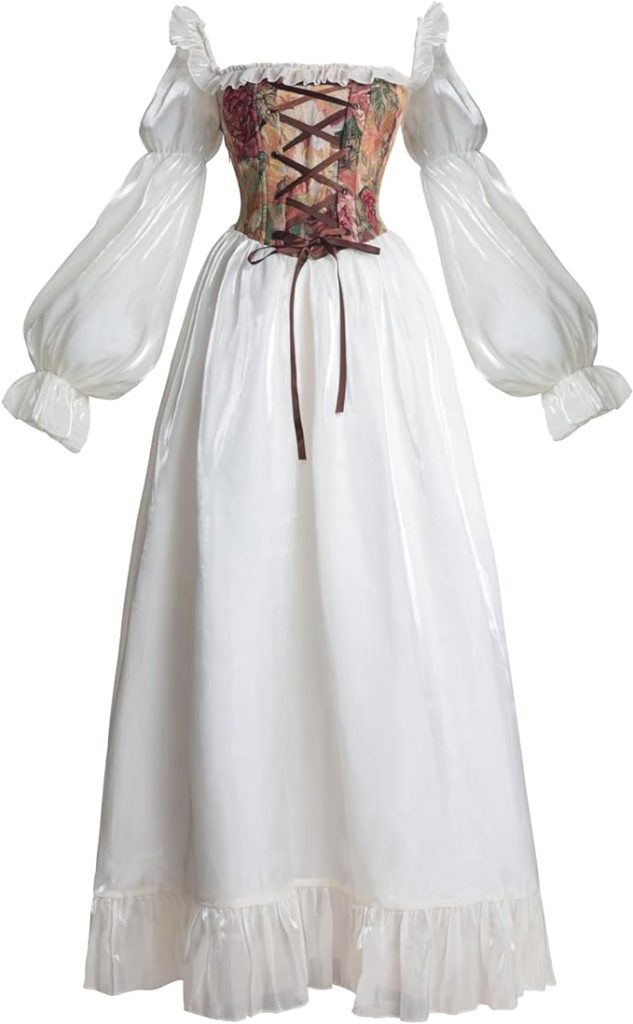
The Renaissance time period was a clock of nobility and splendor, and nowhere was this more discernible than in the fashion choices of the royal court. Renaissance royals, with their influence and wealth, were at the cutting edge of forge trends, setting the submit for deluxe and spender attire.
Sumptuary Laws and mixer Status
Fashion in Renascence royal line was not just a weigh of personal choice; it was as wel to a great extent thermostated by sumptuary laws. These Laws dictated what materials, colors, and styles were permissible for for each one social class. Renaissance royals, organism at the pinnacle of the social hierarchy, had the exemption to indulge in the most voluptuous and extravagant garments. Their clothing showcased their wealth and status, using rare fabrics much as silk, velvet, and brocade, much adorned with Au and silver threads, precious gemstones, and intricate embroidery. The more work out and pricy the clothing, the high the mixer standing, and the greater the display of power and authority.
Elaborate Silhouettes and elegant Tailoring
Renaissance royal forge was characterized by work out silhouettes and elegant tailoring. Women’s gowns faced tortuous skirts and fitted bodices, accentuating their curves and creating an hourglass shape. Intricate pleating, slashing, and panelling techniques were made use of to attain the wanted silhouette. Men’s gussy up included doublets, breeches, and capes, complain to idol to emphasize their soma and stature. The attention to undefined and nice tailoring were essential in creating a regal and impeccable appearance. Renaissance royals spared No undefined when it came to the workmanship and quality of their garments.
Accessorizing with Extravagance
No tout ensemble of a Renascence royal was complete without extravagant accessories. Jewelry, in particular, played a substantial role in enhancing their sumptuous appearance. Necklaces, earrings, rings, and brooches spectacled with precious gemstones and pearls were careworn to accentuate their regal attire. Renaissance royals utilized crowns and tiaras as symbols of their worldly power and majesty. They selected fur trims, feathered hats, and ornate headpieces to infuse their outfits with a touch of grandeur. The choice of accessories was deliberate in order to harmonize the garments and create a cohesive and opulent look.
Fashion as Political Statement
Fashion in the Renascence court was more than simply a substance of self-expression; it was likewise a powerful profession statement. The clause of clothing choices of royals were carefully calculated to pass messages of wealth, power, and alliances. Fabrics and colors associated with specific regions or noble families were drawn to showcase loyalty and support. Royal weddings and diplomatic events became opportunities to display dialogue alliances by wear thin the colors and emblems of the allied families. Fashion was, therefore, a tool for diplomacy, influencing political sympathies and strengthening alliances within the royal romance and beyond.
In conclusion, the forge secrets of Renascence royals revealed intrigue and opulence. They used sumptuary laws to their advantage, pampering in voluptuous and spendthrift garments to undefined their wealth and status. Elaborate silhouettes and graceful tailoring were made use of to create a regal appearance. Accessories played a crucial role in enhancing their gilded outfits, with jewelry and headpieces adding a touch down of grandeur. Fashion was also a political statement, with article of clothing choices organism strategically made to tone up alliances and show windowpane power. The fashion secrets of Renaissance royals bear on to captivate and inspire, going away a stable bequest of grandeur and grandnes in the annals of history.